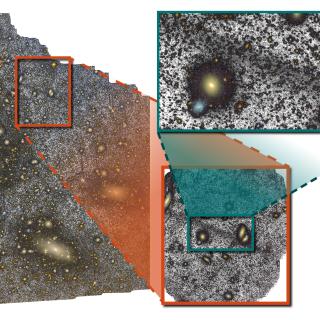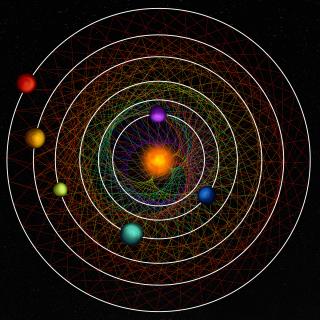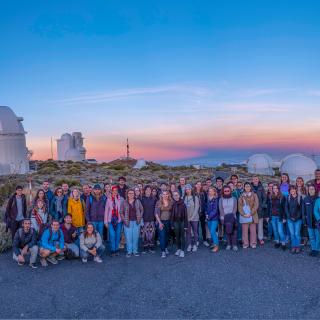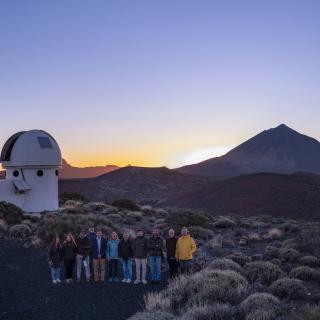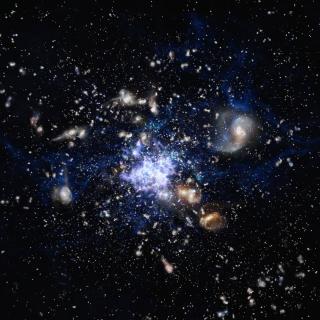
ALISIO-1, el primer satélite propio del Instituto de Astrofísica de Canarias (IAC), ha iniciado su viaje al espacio este viernes, 1 de diciembre, a bordo de un cohete de SpaceX. El lanzamiento que ha tenido lugar a las 18:19 horas desde la Base Vandenberg de la Fuerza Aérea Estadounidense situada en California (EEUU), se ha desarrollado sin ningún contratiempo El presidente del Gobierno de Canarias, Fernando Clavijo, que ha presidido el lanzamiento del primer satélite canario, ha valorado el exitoso trabajo que viene realizando el Instituto de Astrofísica de Canarias y ha dicho que “sitúa a
Advertised on
